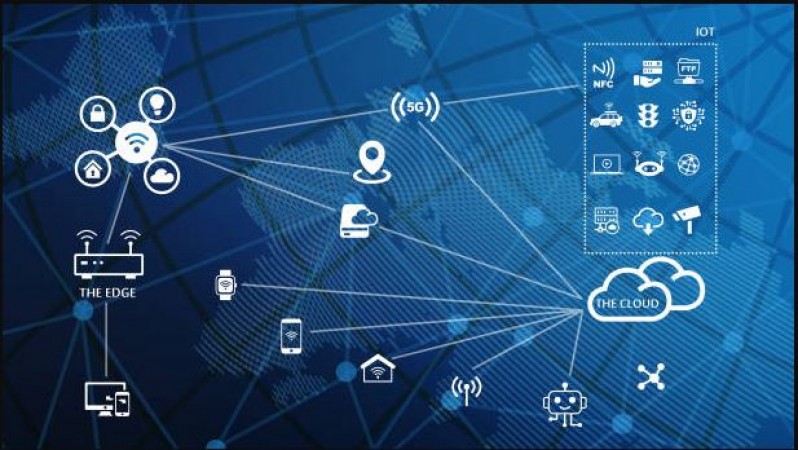
What Is Edge Computing?
Edge computing is a distributed IT architecture which moves computing resources from clouds and data centers as close as possible to the originating source. The main goal of edge computing is to reduce latency requirements while processing data and saving network costs.
The edge can be the router, ISP, routing switches, integrated access devices (IADs), multiplexers, etc. The most significant thing about this network edge is that it should be geographically close to the device.
Processing data at the edge
One significant difference with edge computing is what happens with data at the edge of the network. Where does all this data come from? It's common to think about large data as centralized in the cloud, where most data processing probably occurs today. But the cloud is not where data comes from. Data comes from people, our environment, and our machinery (cars, factory machines, mobile devices, and such). When we or our machines perform actions out in the real world, we produce data. Our world itself is really a vast source of data as well.
What are the benefits of Edge Computing?
Faster Response Time: Ingesting and processing data in real-time at the enterprise endpoint improves the application responsiveness securely rather than sending data to and from the central server.
ALSO READ:-Science: The Fascinating World of Quantum Mechanics
Better Economics: With the exponential rise of data being generated, there is a continuous need for more compute with a faster connecting and more capacity network driving the overall cost. Sending data to the central server only on a need basis and keeping most of the processing at the edge can be more efficient.
Autonomous Operations: Downtimes are inevitable; however, system availability can be improved by offloading central computing and connecting networks by bringing workloads closer to the user/data source.
Why is Edge Computing important?
With the continuous rise of IOT or smart devices, the demand to process the data generated is constant. On top workforce, information and infrastructure are not limited to a few enterprises defined locations. This decentralization demands decentralized processing and storage as transporting volume of traffic to and from central systems is as inefficient as it’s expensive. While a single device producing data can transmit it across a network quite easily, problems arise when the number of devices transmitting data at the same time grows.
Another important aspect is driving 5G Connectivity: Since 5G works on low frequency, data needs to travel a relatively more number of hops from user to application. With Edge computing in place, most of the computing can be done at the edge and the rest can be sent to the core if needed.
An edge device is an external add-on that adds new functionality to a computer, phone, tablet, or other electronic devices. Edge devices are acting as the gateway between the physical world and the digital world. Edge devices connect computers to the internet or other external networks.
ALSO READ:-Understanding the Science of Happiness and Well-beingHarvard University Adopts ChatGPT as an AI Teaching Assistant for Computer Science Education